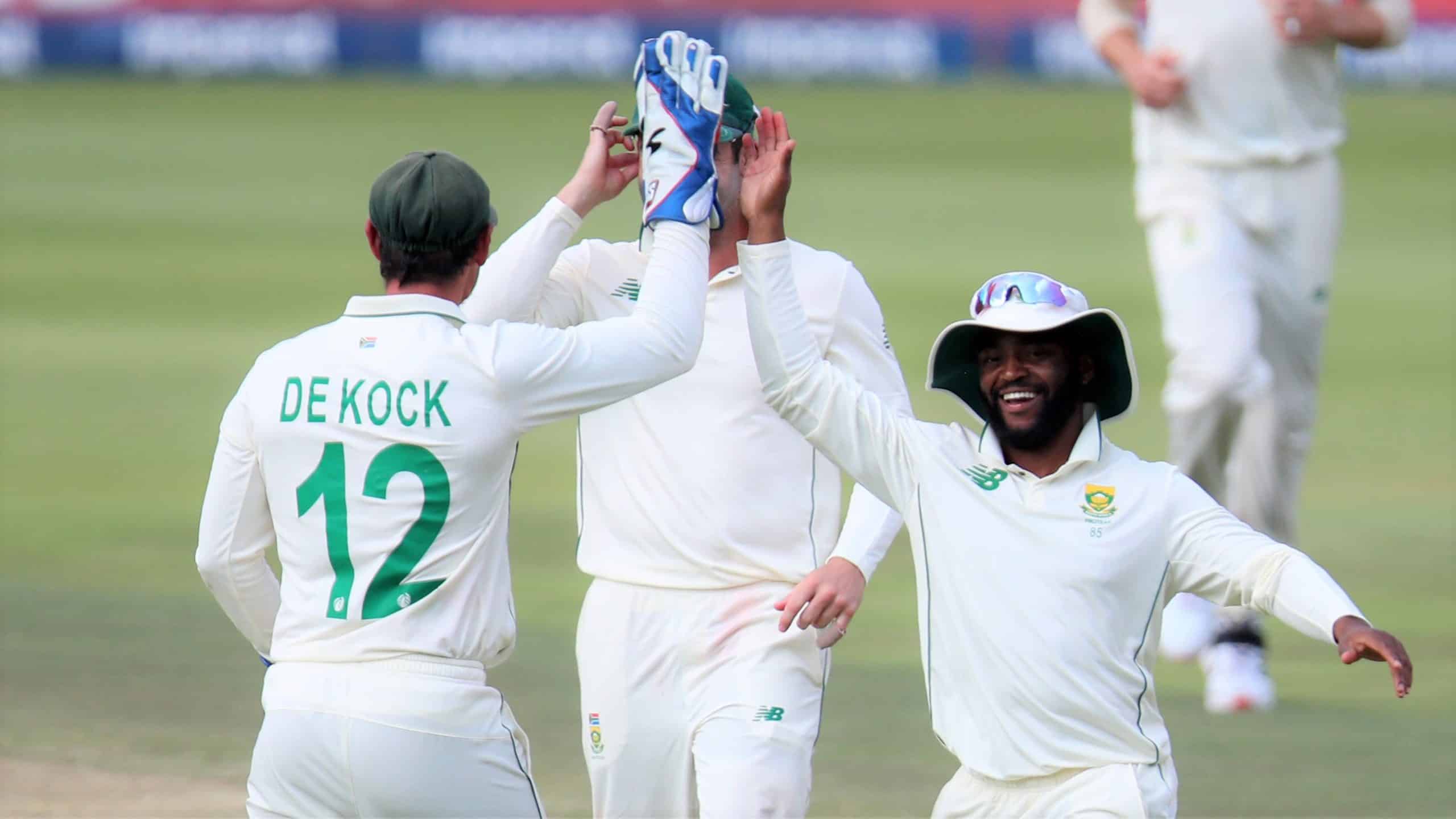The series between England and India has highlighted the gulf that exists between the Proteas and the format’s elite, writes RYAN VREDE.
The first two Tests of the England-India series was absorbing, despite the first being ruined by rain.
The calibre of individual performances, as well as the efforts of the collective has been befitting of two teams who boast the depth of talent they do.
England’s efforts have been underpinned by the masterful Joe Root, who came into the series averaging 30.7 in eight preceding innings, but has found form, evidenced by him scoring 386 runs at an average touching 130 in the series to date.
India has found an unlikely batting hero in KL Rahul (244 runs @ 61.00), while Jasprit Bumrah and Mohammed Siraj (12 and 11 wickets in the series respectively) are at the heart of their bowling potency.
India can make further significant improvements as well. Their skipper, Virat Kohli, averages just 20 for the series. He hasn’t scored a Test century since November 2019. This is self-evidently a poor run for a player so outrageously talented, but history suggests that he will find his groove again, further amplifying the tourists’ potency.
I’ve found myself comparing these sides to the Proteas, who’ve slipped to sixth in the world off the back of inconsistent Test form. England are ranked fourth, but that two-spot difference couldn’t be further apart in quality when both sides have their full strength unit available. India are even further into the distance, their gap built primarily on their batting superiority.
India have five batters ranked in Test cricket’s top 20, compared with South Africa’s three. However, the Proteas have struggled as a collective in ways India simply have not.
Since the start of Mark Boucher’s tenure (20 innings) they’ve scored over 300 just thrice. Two of these 300-plus scores came against a Sri Lanka bowling unit crippled by injury. The breakdown of the remainder of the team batting totals reads: 0-99 runs: 1 (chased 67 to win without losing a wicket), 100-149 runs: 0, 150-199 runs: 3, 200-249 runs: 7, 250-299 runs: 6.
It is also notable that since December 2019, only Afghanistan have recorded fewer Test hundreds (two in two matches) than South Africa (four in 10 Tests).
There were signs of life in the Proteas’ most recent Test series, against the West Indies. However, the measure of this team will come when the Proteas face India in a three-Test series at the end of the year.
They then travel to face the world champions, New Zealand, in two Tests in February 2021 and England in July of the same year.
Viewed through this lens, the next year will be defining for the Proteas in a Test context. They have the building blocks of a really good Test unit, but appear to be short of match-defining individuals, particularly in the batting department.
How and where they find the right players to remedy their deficiencies remain to be seen. The standard of domestic cricket is concerning. There are just a small clutch of batsmen who score consistently heavily in the four-day format.
This means the Proteas have been limited in their options in all areas of their batting lineup. This, while they continue to look for an all-rounder who is able to average in excess of 25 with the bat – a feature of all elite Test sides.
The next year will be decisive in establishing just where they stand in Test cricket.
Photo: Muzi Ntombela/BackpagePix





